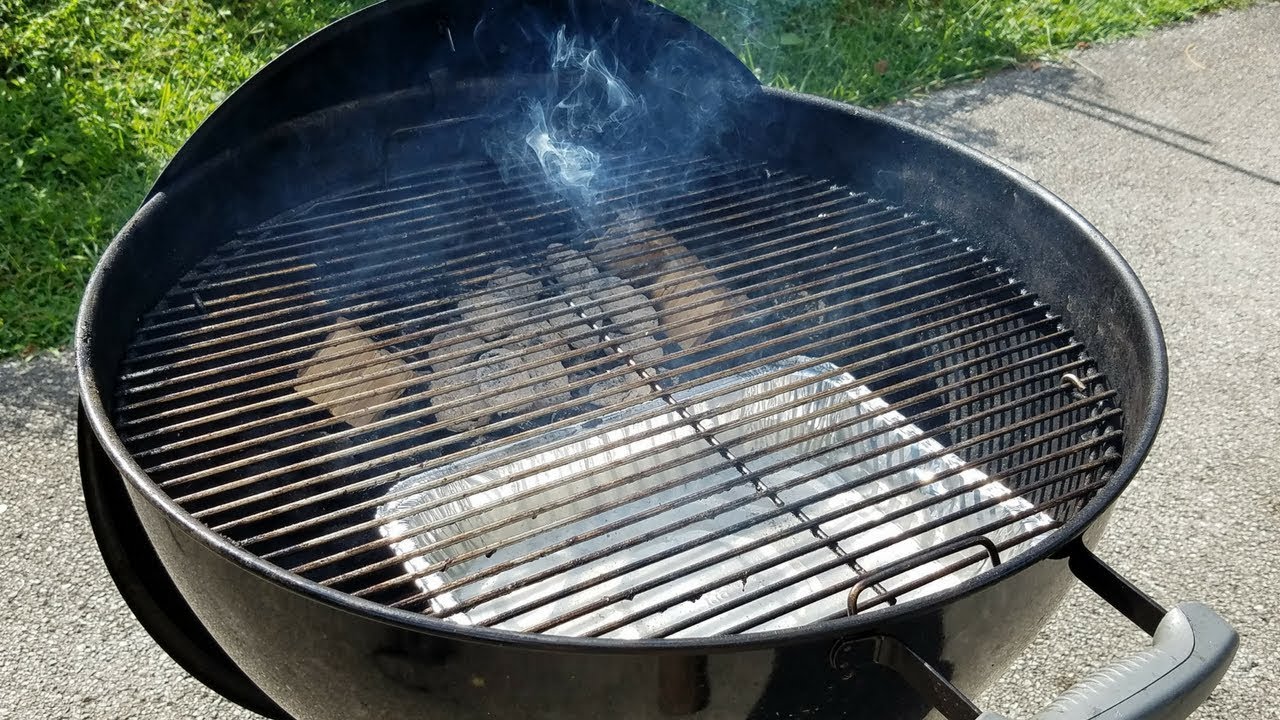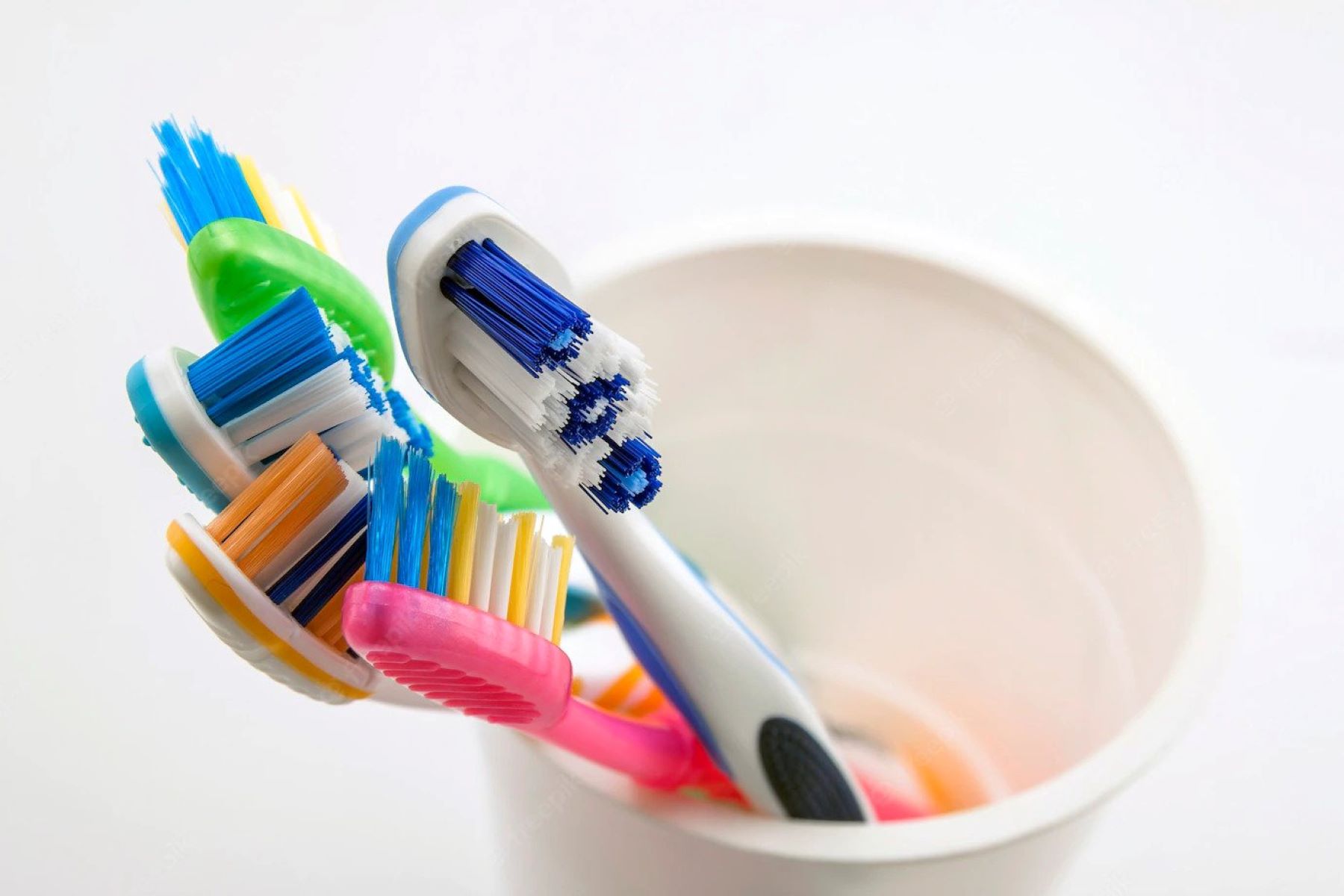Home>Kitchen & Cooking>Kitchen Gadgets & Utensils>How To Prevent Limescale In A Kettle


Kitchen Gadgets & Utensils
How To Prevent Limescale In A Kettle
Modified: October 27, 2024
Learn effective ways to prevent limescale buildup in your kettle and keep your kitchen gadgets and utensils in top condition. Discover simple tips for maintaining a limescale-free kettle.
(Many of the links in this article redirect to a specific reviewed product. Your purchase of these products through affiliate links helps to generate commission for Storables.com, at no extra cost. Learn more)
Introduction
Welcome to the heart of the home—the kitchen! This bustling space is where delicious meals are prepared, and warm conversations are shared. Among the many indispensable tools in the kitchen, the humble kettle holds a special place. Whether it's for brewing a comforting cup of tea, preparing instant coffee, or whipping up a quick bowl of oatmeal, the kettle is a reliable workhorse.
However, limescale can be the arch-nemesis of our beloved kettles. It's the pesky, off-white chalky deposit that can accumulate inside the kettle over time, affecting its performance and compromising the taste and quality of the water it heats. But fear not! In this comprehensive guide, we will delve into the world of limescale, exploring its impact on kettles and, most importantly, uncovering the best ways to prevent and combat this common kitchen nuisance.
So, grab a comforting beverage of your choice, and let's embark on a journey to understand limescale and master the art of maintaining a limescale-free kettle.
Key Takeaways:
- Say goodbye to limescale by using filtered water, descaling regularly, and considering water softeners. Keep your kettle efficient and your water pure with these preventive measures.
- Keep your kettle limescale-free by regularly cleaning and descaling it. Whether using commercial products or vinegar, follow a simple step-by-step process to maintain your kettle in top condition.
Understanding Limescale
Limescale, also known as calcium carbonate, is a mineral deposit that forms when water containing high levels of calcium and magnesium is heated and then evaporates, leaving behind these minerals. The result is a hard, off-white, chalky substance that can build up on the interior of kettles and other household appliances that come into contact with hot water.
When water is heated, especially in kettles, the dissolved minerals become less soluble and precipitate out of the water, forming limescale. This process is exacerbated in areas with hard water, where the concentration of minerals is higher. As the limescale accumulates over time, it can affect the efficiency of the kettle, impacting its boiling time and energy consumption. Furthermore, limescale can alter the taste and odor of the water, detracting from the pure, clean flavor we expect.
Aside from its impact on kettles, limescale can also wreak havoc on other kitchen appliances, such as coffee makers, steam irons, and dishwashers. It can clog pipes, reduce the effectiveness of heating elements, and diminish the overall performance of these devices. Understanding the nature of limescale is crucial in devising effective strategies to prevent its buildup and preserve the efficiency and longevity of our beloved kitchen gadgets.
The Impact of Limescale in a Kettle
When limescale takes up residence in your kettle, it can have several adverse effects, impacting both the functionality of the appliance and the quality of the water it heats.
1. Efficiency: Limescale buildup can insulate the heating element, reducing its ability to transfer heat to the water. This can lead to longer boiling times and increased energy consumption, ultimately taking a toll on the kettle’s efficiency.
2. Taste and Odor: The presence of limescale can impart an unpleasant taste and odor to the water. This can be particularly noticeable when brewing tea or coffee, as the flavors may become tainted by the mineral deposits, detracting from the pure, aromatic experience we crave.
3. Aesthetics and Safety: The unsightly appearance of limescale inside the kettle can detract from its visual appeal. Furthermore, in electric kettles, limescale can interfere with the water level indicator, making it difficult to gauge the amount of water present. This not only affects the aesthetics but also poses a safety concern.
4. Longevity: The accumulation of limescale can shorten the lifespan of the kettle. The heating element and other internal components may deteriorate more quickly, leading to the need for premature replacement.
Given these implications, it becomes clear that addressing limescale buildup is essential not only for maintaining the performance and efficiency of the kettle but also for ensuring the purity and taste of the water it produces. In the following sections, we will explore effective strategies for preventing limescale and restoring the pristine condition of your kettle through regular cleaning and descaling.
Regularly descale your kettle by filling it with equal parts water and vinegar, boiling the solution, and leaving it to sit for an hour. Then rinse thoroughly with water.
Preventing Limescale Buildup
Prevention is often the most effective approach when it comes to combating limescale in a kettle. By implementing proactive measures, you can minimize the formation of limescale and maintain the optimal performance of your kettle. Here are some strategies to consider:
- Use Filtered Water: If your area has hard water, consider using filtered water in your kettle. Filtration systems can help reduce the mineral content in the water, thereby decreasing the likelihood of limescale buildup.
- Regular Descaling: Incorporate a routine descaling schedule for your kettle. This involves using descaling solutions or natural alternatives, such as vinegar, to remove existing limescale deposits. By staying proactive, you can prevent heavy buildup and maintain the efficiency of the appliance.
- Empty the Kettle After Use: After each use, empty the kettle and avoid leaving standing water inside. This reduces the opportunity for limescale to form, especially if the water evaporates, leaving behind mineral deposits.
- Utilize a Water Softener: Consider installing a water softener in your home to reduce the hardness of the water. Water softeners work by replacing calcium and magnesium ions with sodium ions, effectively minimizing limescale formation in kettles and other appliances.
- Scale Prevention Accessories: Explore the availability of scale prevention accessories designed for kettles. These may include limescale filters or cartridges that can help trap minerals and prevent them from depositing inside the kettle.
By incorporating these preventive measures into your kettle maintenance routine, you can significantly reduce the impact of limescale and ensure that your appliance continues to deliver optimal performance, while also preserving the quality and taste of the water it produces.
Cleaning and Descaling Your Kettle
Regular cleaning and descaling are essential practices to maintain a limescale-free kettle and ensure the longevity of the appliance. Whether you opt for commercial descaling products or natural remedies, the goal is to eliminate limescale buildup and restore the kettle to its pristine condition. Here’s a step-by-step guide to cleaning and descaling your kettle:
- Prepare the Descaling Solution: If using a commercial descaling product, follow the manufacturer’s instructions to prepare the solution. Alternatively, you can create a natural descaling solution by mixing equal parts of water and white vinegar.
- Fill the Kettle: Pour the descaling solution into the kettle, ensuring that it covers the limescale-affected areas. If the limescale deposits are extensive, you may need to use a higher concentration of the descaling solution and let it soak for a longer duration.
- Boil the Solution: Switch on the kettle and allow the solution to come to a boil. Once it reaches a rolling boil, turn off the kettle and let the solution sit inside for at least 30 minutes to an hour. This allows the acidic properties of the solution to dissolve the limescale.
- Scrub and Rinse: After the soaking period, use a non-abrasive brush or sponge to gently scrub the interior of the kettle, focusing on areas with stubborn limescale buildup. Once scrubbed, discard the solution and thoroughly rinse the kettle with clean water multiple times to remove any residual descaling solution.
- Boil Clean Water: To eliminate any lingering vinegar odor or taste, boil clean water in the kettle once or twice. Discard the boiled water and rinse the kettle again to ensure it is free from any traces of the descaling solution.
- Dry and Polish: Finally, dry the kettle thoroughly with a clean, dry cloth. Pay attention to the spout and lid areas, ensuring that no moisture is trapped. For stainless steel kettles, you can use a soft cloth to polish the exterior and restore its luster.
By following these steps on a regular basis, you can effectively remove limescale deposits and maintain your kettle in top condition. Incorporating this cleaning and descaling regimen into your kitchen maintenance routine will not only extend the life of your kettle but also ensure that the water it produces is free from any unwanted taste or odor associated with limescale buildup.
Read more: How To Remove Limescale From Glass
Conclusion
As we conclude our journey into the realm of limescale and its impact on kettles, it’s evident that proactive measures and regular maintenance are key to preserving the efficiency and longevity of this essential kitchen appliance. By understanding the nature of limescale and its implications, we empower ourselves to take the necessary steps to prevent and combat its buildup.
Prevention, as they say, is better than cure. Embracing strategies such as using filtered water, incorporating routine descaling, and considering water softening solutions can significantly reduce the likelihood of limescale accumulation in your kettle. Additionally, exploring scale prevention accessories tailored for kettles can further enhance your preventive efforts.
Regular cleaning and descaling are equally crucial. Whether utilizing commercial descaling products or natural remedies like vinegar, the goal remains consistent: to eliminate limescale deposits and restore the kettle to its optimal condition. By following a systematic cleaning and descaling process, you can ensure that your kettle continues to deliver pure, untainted water for your culinary and beverage endeavors.
So, as you savor that next cup of tea or prepare a quick oatmeal breakfast, take pride in knowing that your kettle is free from the clutches of limescale, ready to serve you with efficiency and reliability. With these preventive and maintenance practices at your disposal, you can bid farewell to limescale woes and embrace a kitchen adorned with a limescale-free kettle, elevating both the functionality and aesthetic appeal of this beloved appliance.
Here’s to a future filled with perfectly brewed beverages and limescale-free kettles!
Frequently Asked Questions about How To Prevent Limescale In A Kettle
Was this page helpful?
At Storables.com, we guarantee accurate and reliable information. Our content, validated by Expert Board Contributors, is crafted following stringent Editorial Policies. We're committed to providing you with well-researched, expert-backed insights for all your informational needs.















0 thoughts on “How To Prevent Limescale In A Kettle”